Ancient news stories

Words of wisdom from Hopi elder Paul Sifki.
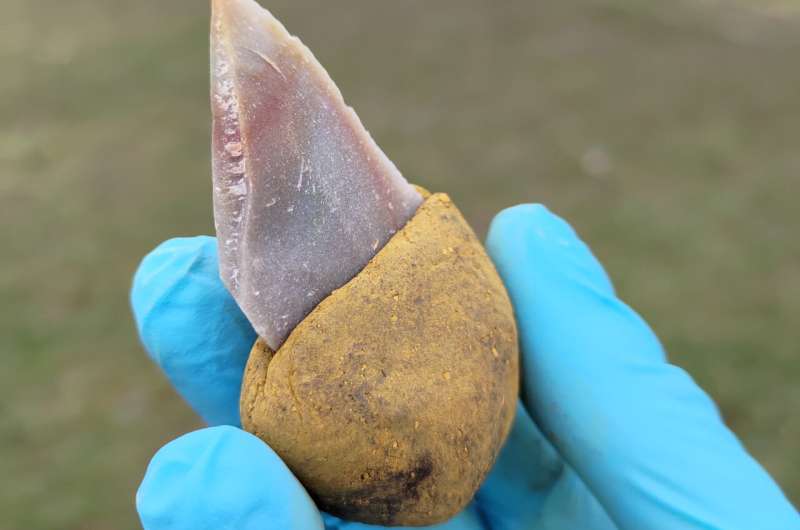
Neanderthals created stone tools held together by a multi-component adhesive, a team of scientists has discovered. Its findings, which are the earliest evidence of a complex adhesive in Europe, suggest these predecessors to modern humans had a higher level of cognition and cultural development than previously thought. See the study here.

Traits common to attention deficit hyperactivity disorder (ADHD), such as distractibility or impulsivity, might have been an evolutionary advantage for our ancestors by improving their tactics when foraging for food. See the study here.

In a new study published Tuesday (Feb. 20) in the journal Antiquity, researchers revealed that the inscription is the oldest and longest ever found in a Vasconic language, a group of languages that includes modern Basque.

The invisible substance called dark matter remains one of the biggest mysteries in cosmology. Perhaps, a new study suggests, this strange substance arises from a ‘dark mirror universe’ that’s been linked to ours since the dawn of time.
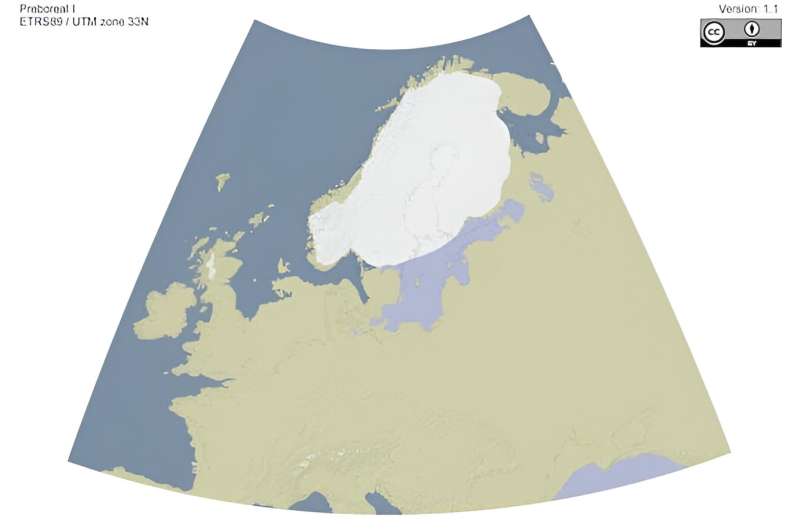
The evidence suggests it was constructed by Paleolithic people between 11,700 and 9,900 years ago, probably as an aid for hunting reindeer…The archaeologists investigating the Bay of Mecklenburg used a range of submarine equipment, sampling methods and modeling techniques to reconstruct the ancient lake bed and its surrounding landscape.
A Stone Age skeleton found in a peat bog in northwest Denmark has been analysed to flesh out in stunning detail the ancient person’s life and death. New analysis of the remains is published in the journal PLOS ONE.
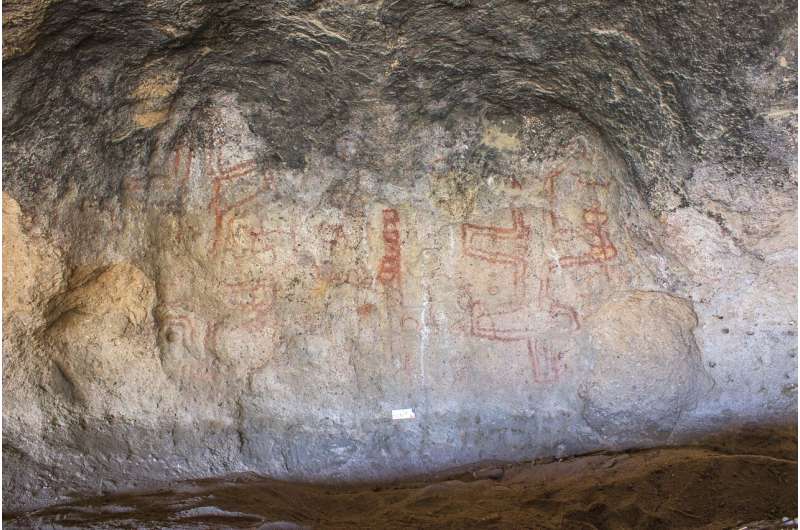
An international team of scientists reports that cave art at a site in Patagonia is the oldest of its type ever found in South America. In their study, published in the journal Science Advances, the group conducted radiocarbon dating of the material used to create the art thousands of years ago.

After coming to what is now Serranía de la Lindosa, an archaeological site on the northern edge of the Colombian Amazon, these early Americans lived in rock shelters, fashioned stone tools, hunted and gathered and created massive displays of rock art, according to a new study, published in the March issue of the journal Quaternary Science Reviews.
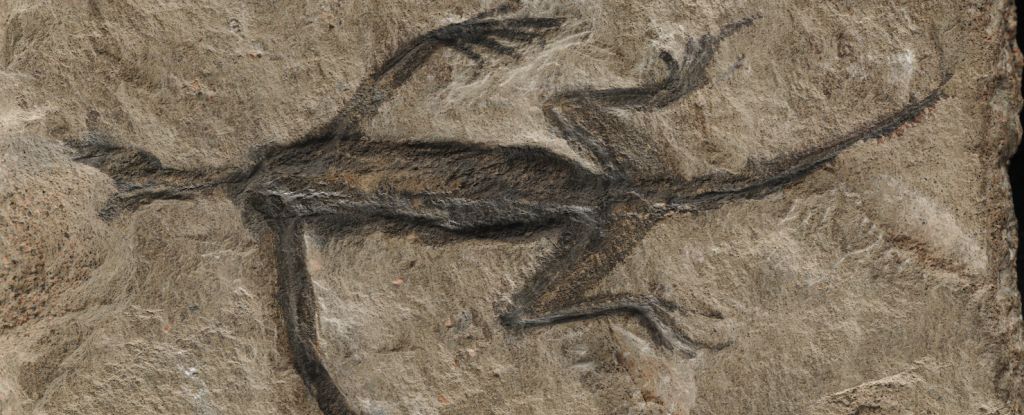
It’s called Tridentinosaurus antiquus, excavated in 1931, and considered a truly remarkable find. Dating to 280 million years ago, before the dinosaurs, it was thought to represent one of the oldest lizard fossils ever found…Well, now we know why we’ve never found another fossil like it: that soft tissue, according to a new, painstaking analysis, is not soft tissue at all. It’s paint. The research has been published in Palaeontology.
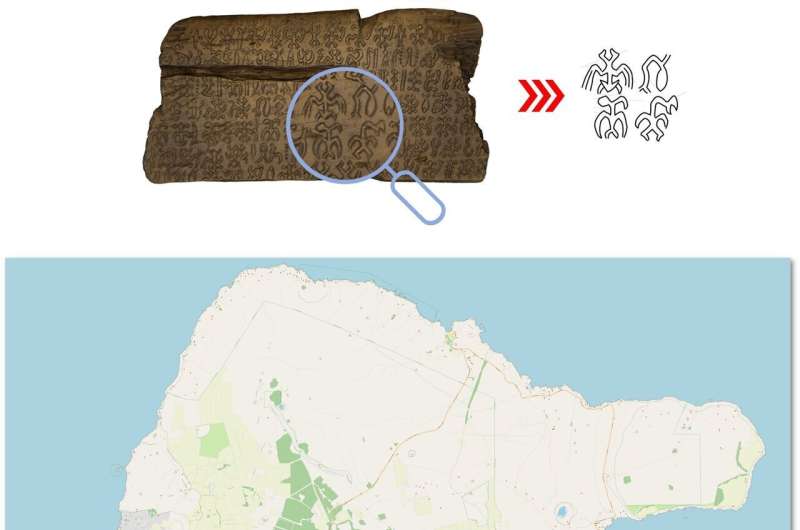
A team of philologists, chemists, environmental physicists and engineers affiliated with several institutions across Europe has found evidence of an undeciphered script on wooden tablets created on Easter Island that represents an independent writing system. Their paper is published in the journal Scientific Reports.
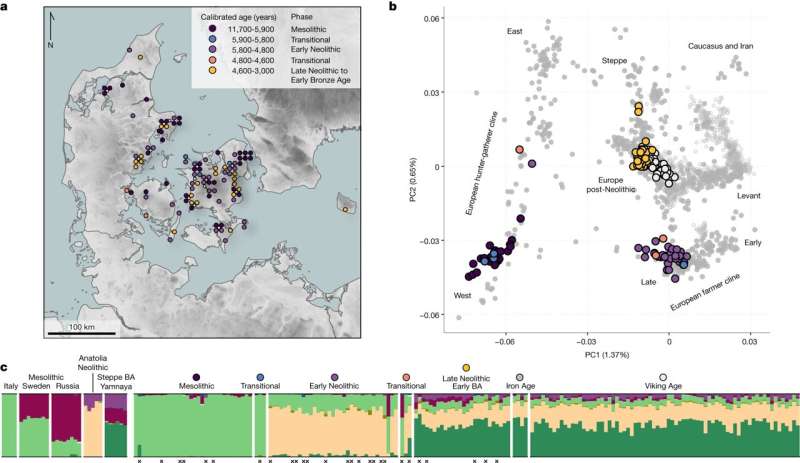
Following the arrival of the first farmers in Scandinavia 5,900 years ago, the hunter-gatherer population was wiped out within a few generations, according to a new study from Lund University in Sweden, among others
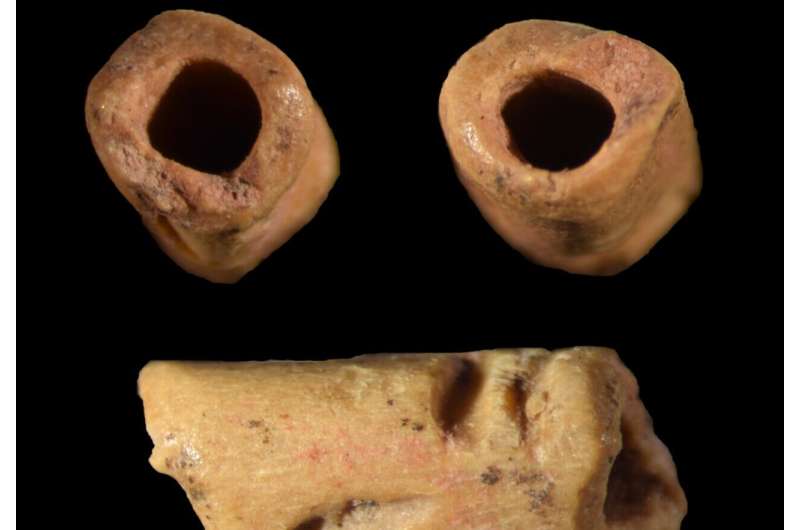
University of Wyoming archaeology Professor Todd Surovell and his team of collaborators have discovered a tube-shaped bead made of bone that is about 12,940 years old. See the study here.
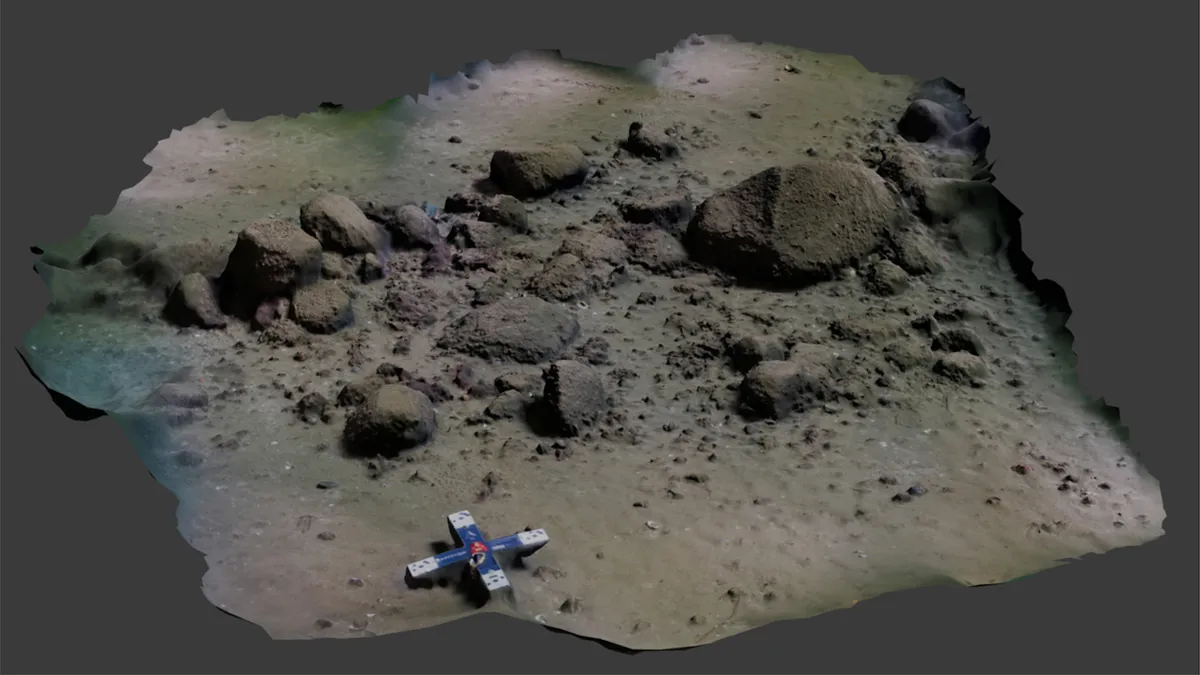
The wall may be among the oldest hunting structures on Earth and one of the largest Stone Age structures ever found in Europe. The study about the discovery was published Monday (Feb. 12) in the journal PNAS.
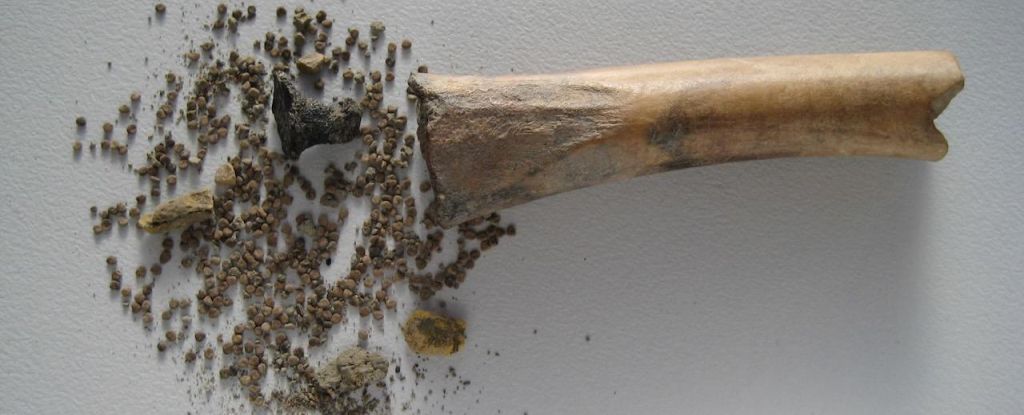
An ancient bone dating back thousands of years is the first solid evidence that humans in Europe were collecting and storing a powerful and dangerous drug. The research has been published in Antiquity.

A study published in Nature Communications has challenged this narrative, that a dramatic and sudden “revolution” called the Middle-Upper Paleolithic cultural transition occurred instead implying that this “revolution” was more of a gradual and complex process.








